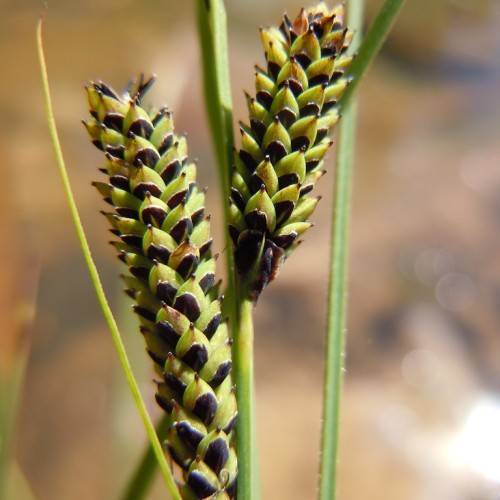
Sedge
Carex lenticularis x
Watering:
Average
Hardiness Zone:
Flowers:
Flowers
Sun:
full sun,part shade
Fruits:
Fruits Ready In Fall
Leaf:
Yes
Growth Rate:
Low
Drought Tolerant:
Yes
Salt Tolerant:
Yes
Care Level:
Medium
watering
Star Sedge should be watered deeply and infrequently, giving the soil ample time to dry out between waterings. An ideal watering schedule would have Star Sedge receiving enough water to moisten the soil all the way through the root zone, but not so much that the soil is overly saturated. Watering can be done once a week during the growing season, but may need to be reduced to once every 2 weeks in the summer during periods of high heat and low rainfall. In the fall and winter, reduce watering to once a month, unless there is heavy rain in the area.
sunlight
Star Sedge (Carex leersii) is a plant species that thrives in sunny areas. It prefers full sunlight for at least 6 hours per day during the spring and summer in order to grow and produce flowers, but it will tolerate some partial shade. During the fall and winter months, the plant will usually need less sunlight and it can even tolerate light shade during these months. The amount of sunlight needed will also depend on the climate and other environmental conditions in which the Star Sedge is growing.
pruning
Star Sedge (Carex leersii) is best pruned in late winter to early spring. Pruning should be done to remove any dead, damaged, or diseased stems and to reduce any overgrowth. It is important to avoid cutting too many of the young growth in order to allow the plant to retain its natural shape. Pruning should be as light as possible, mainly just trimming off any old or weak stems if needed. With this species, no more than about 30-40% of the stems should be removed per pruning session.
